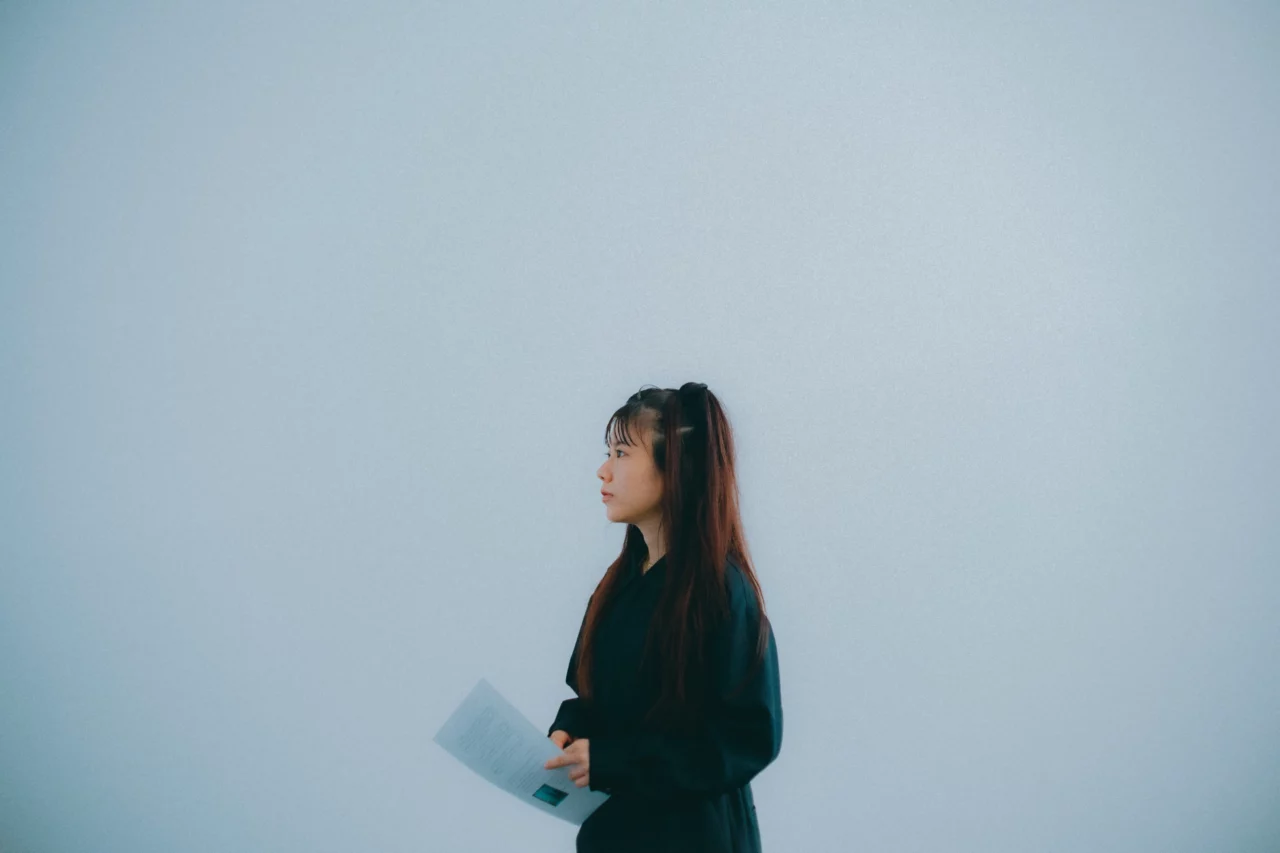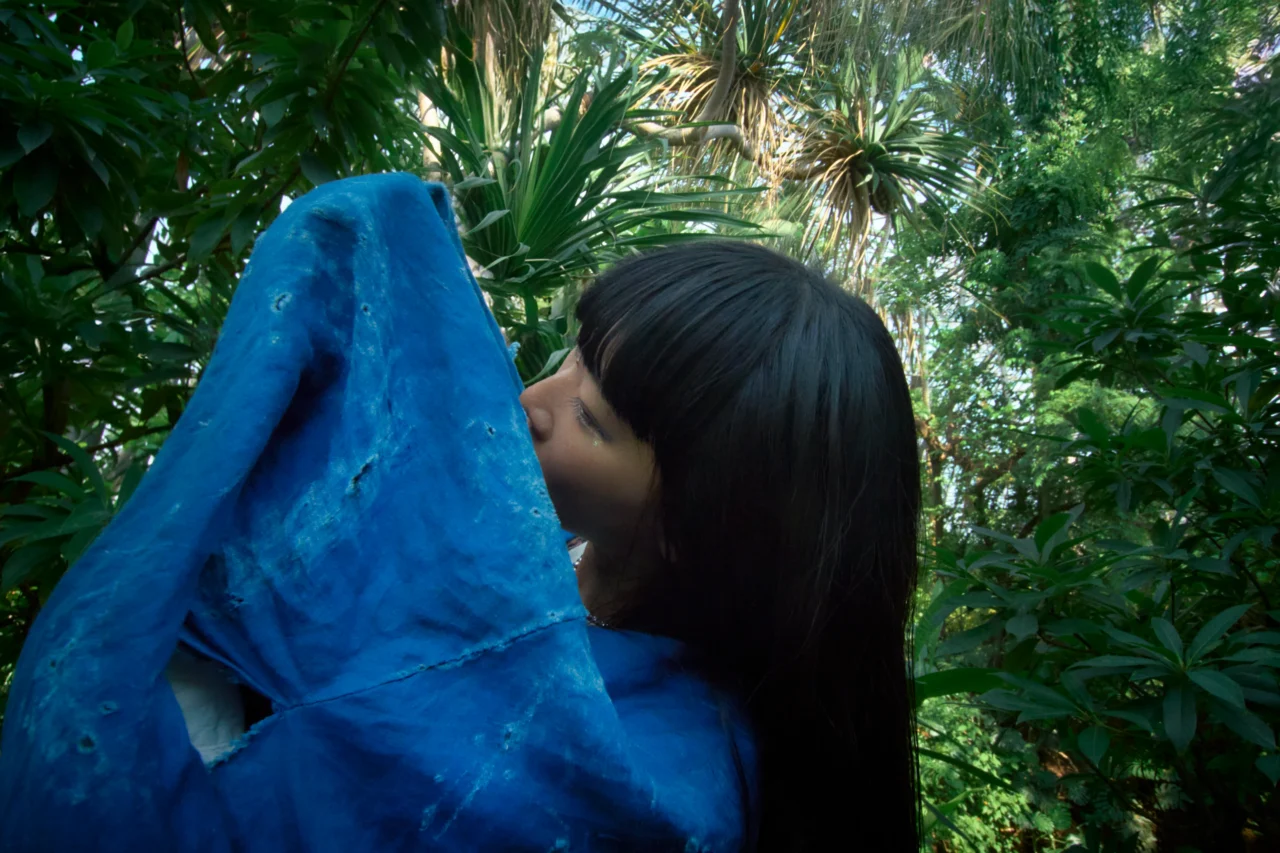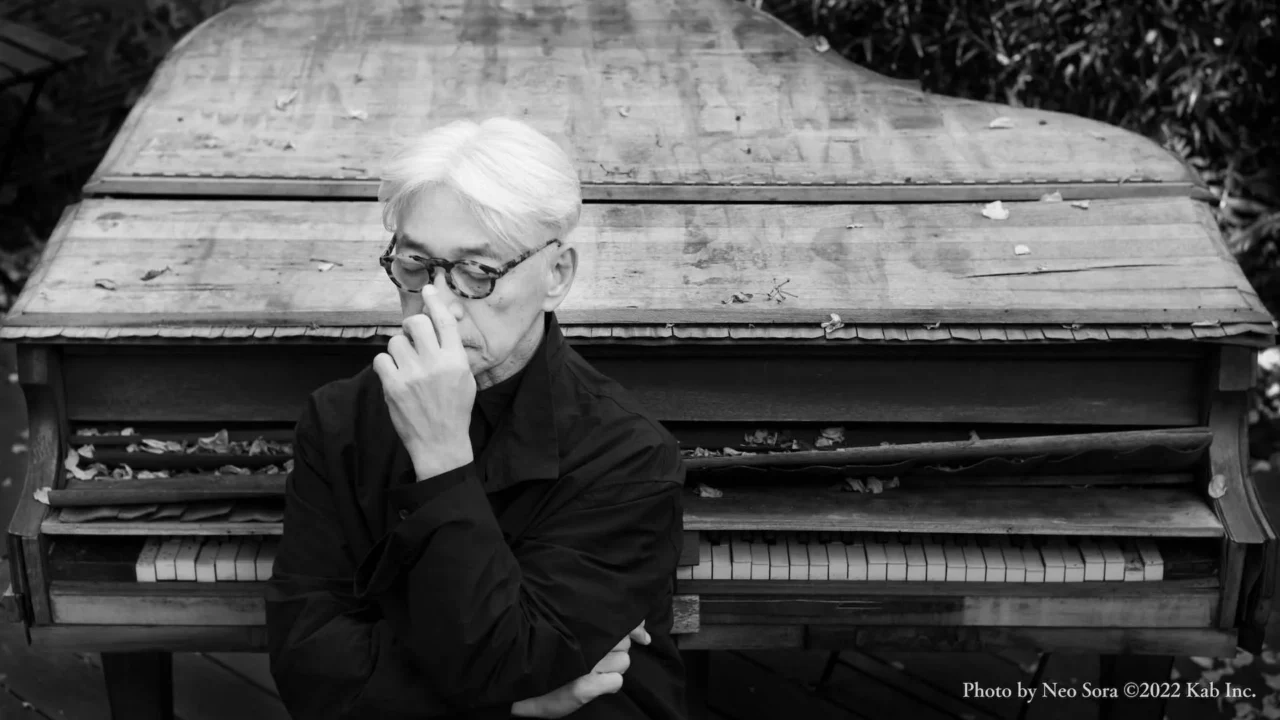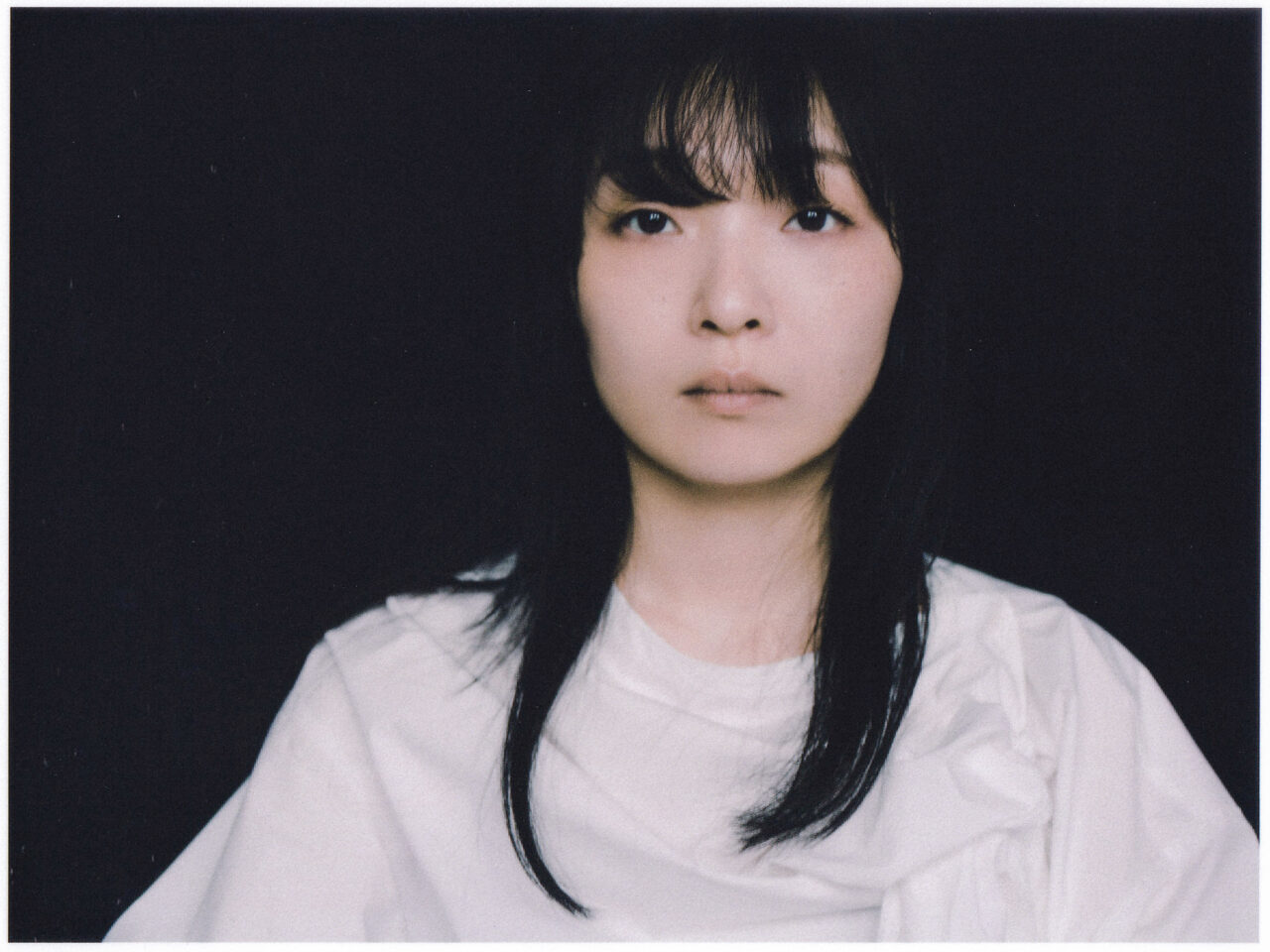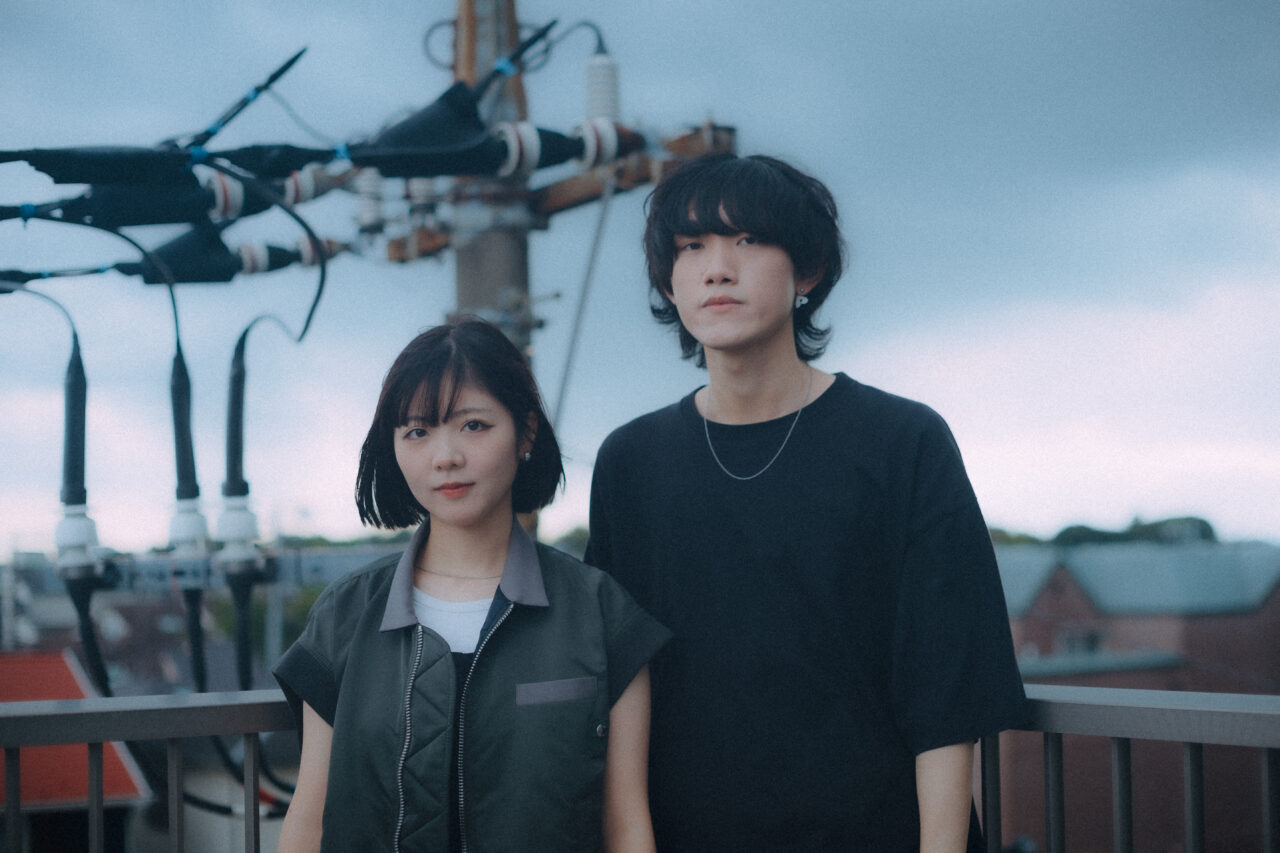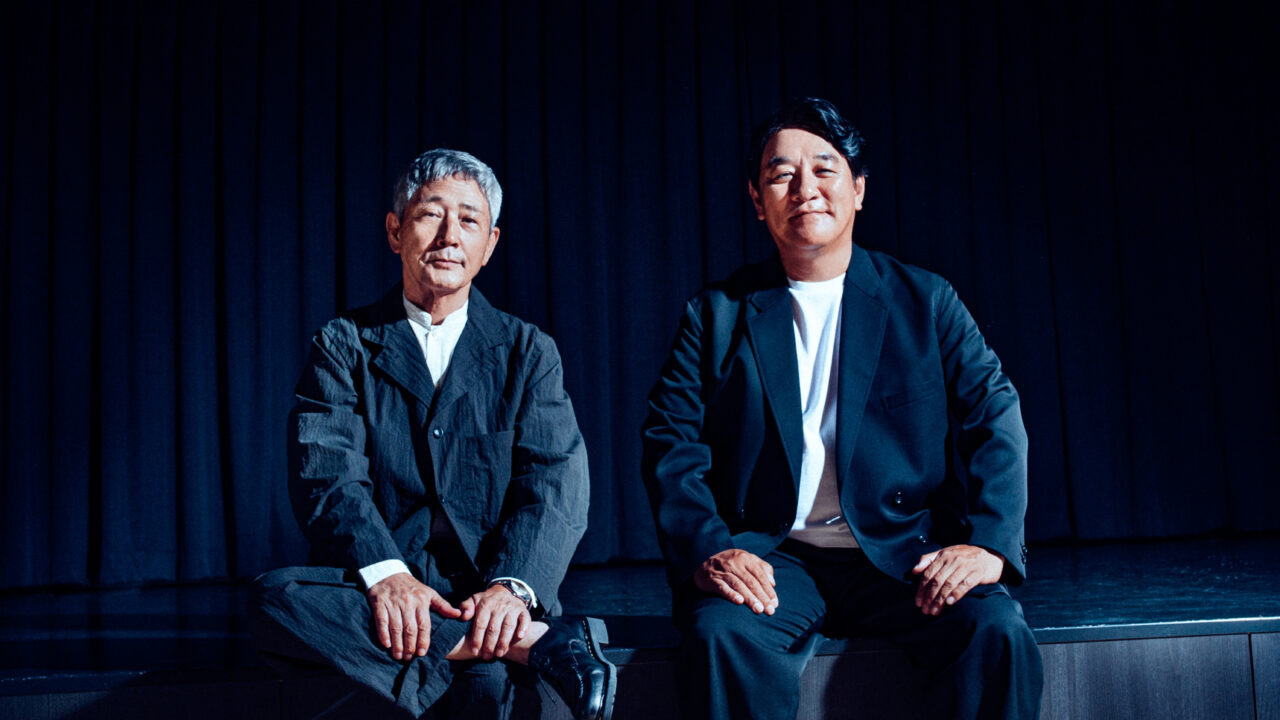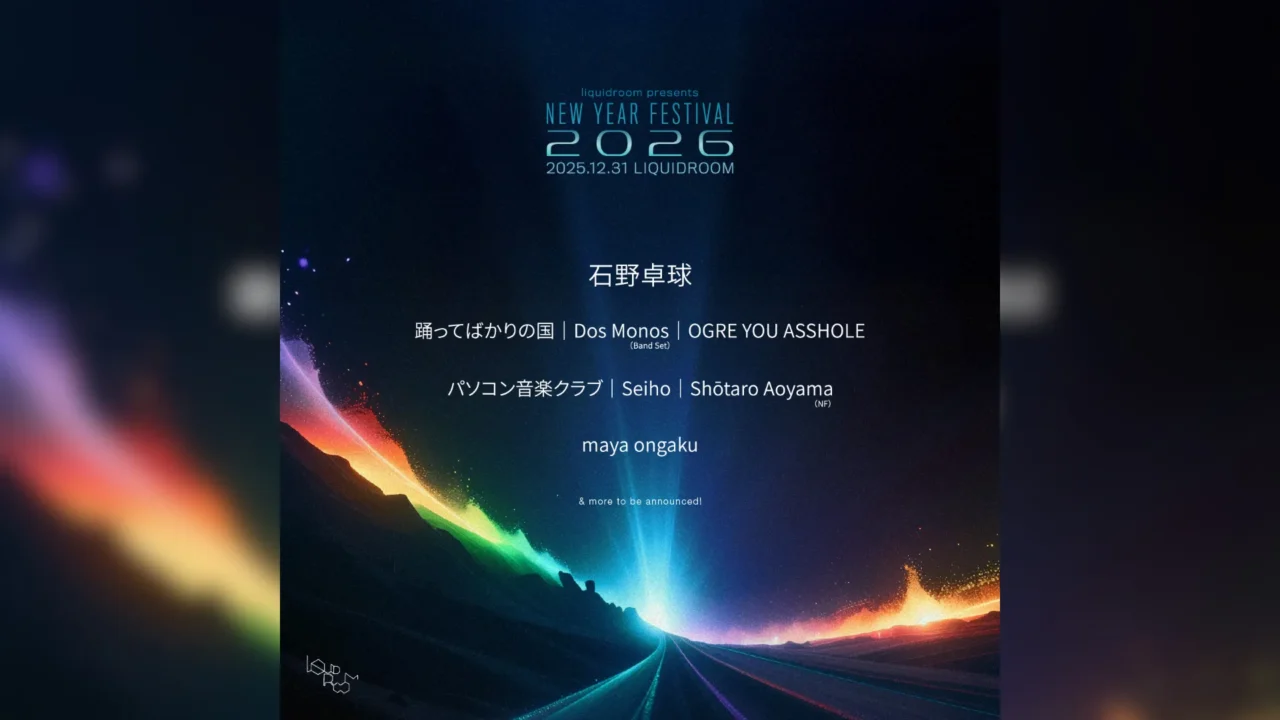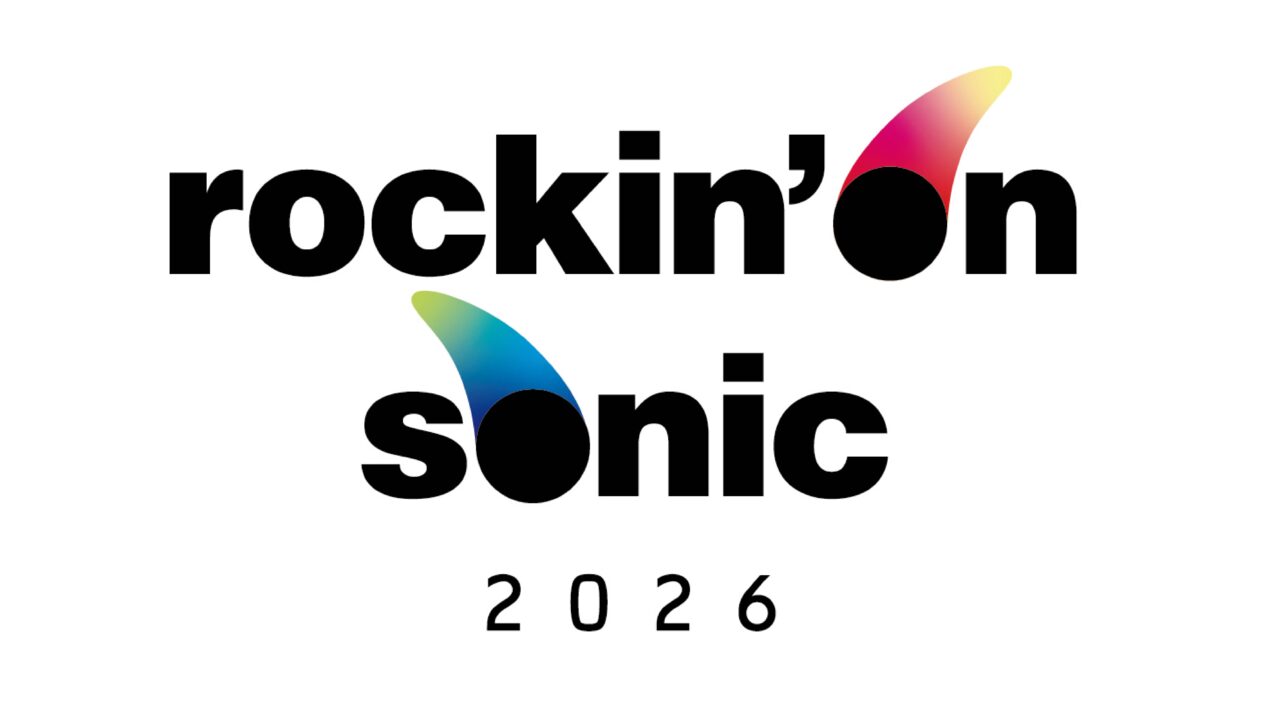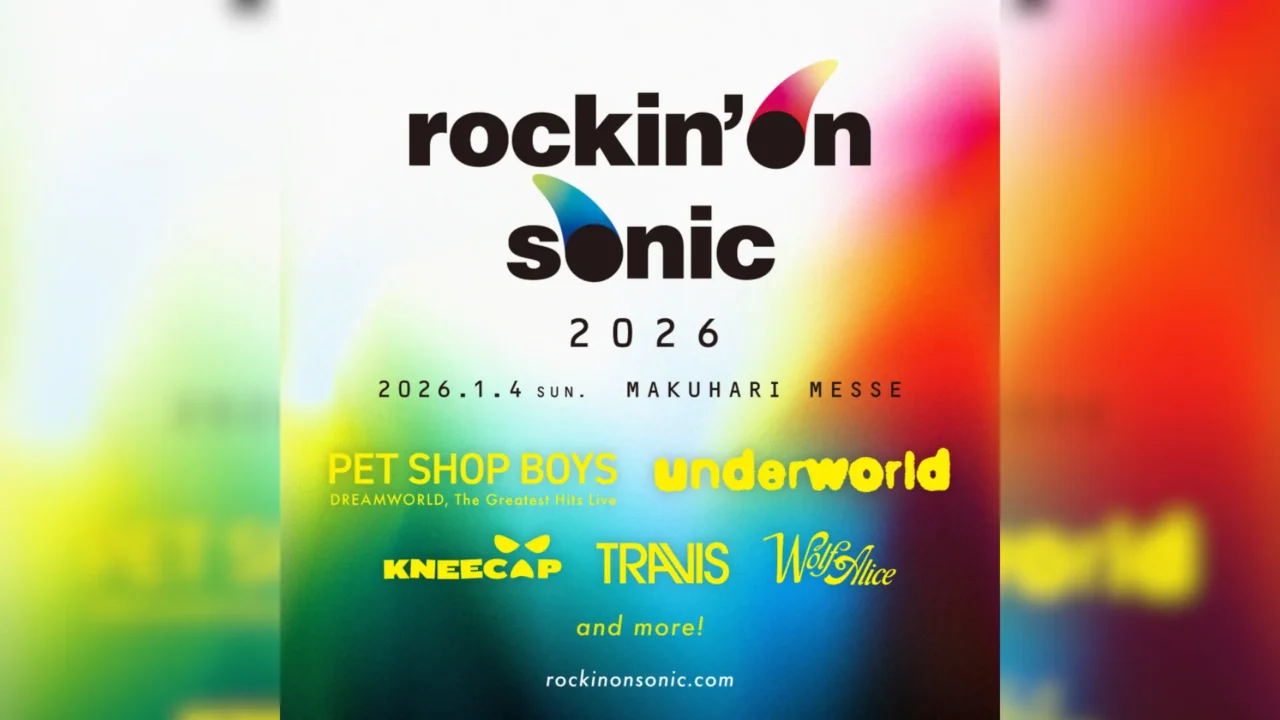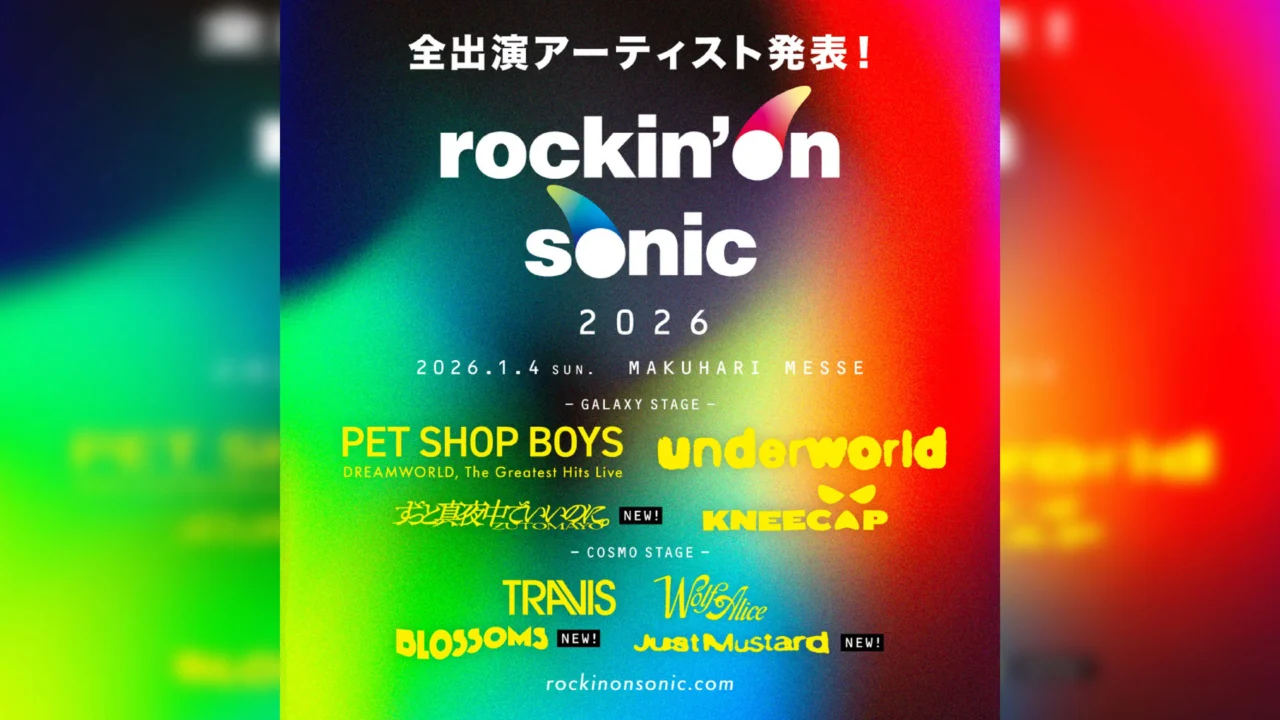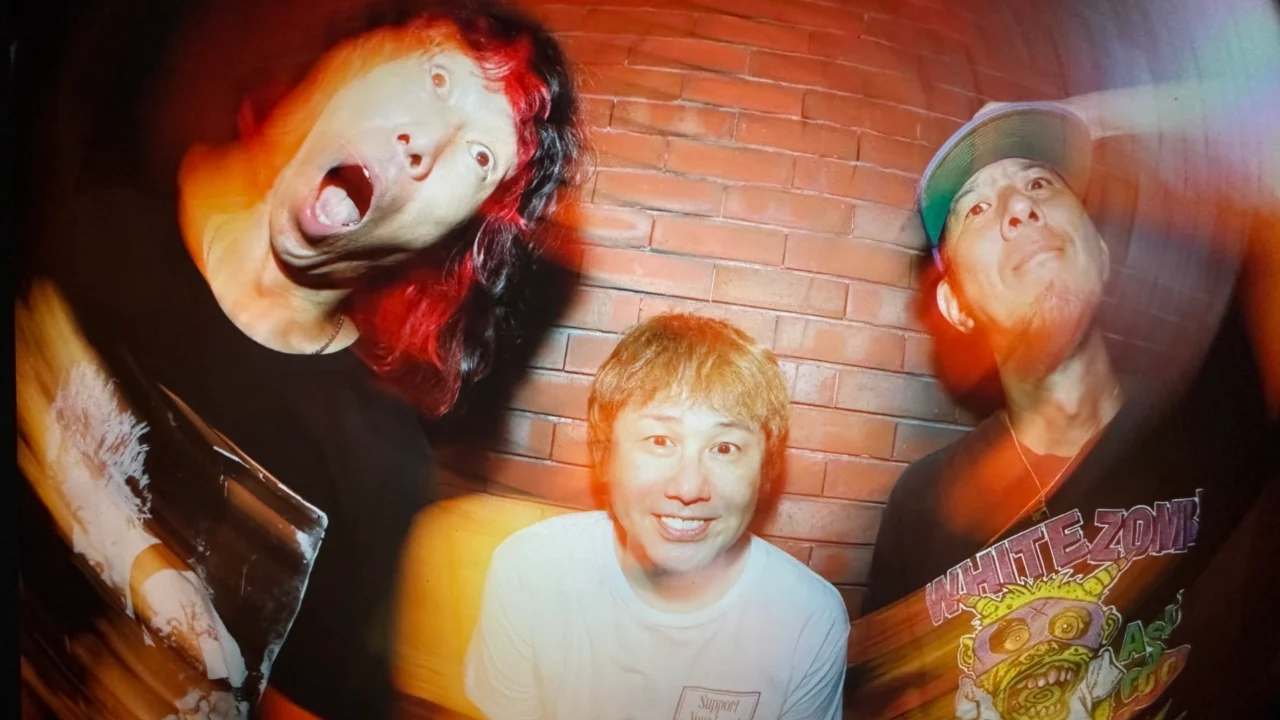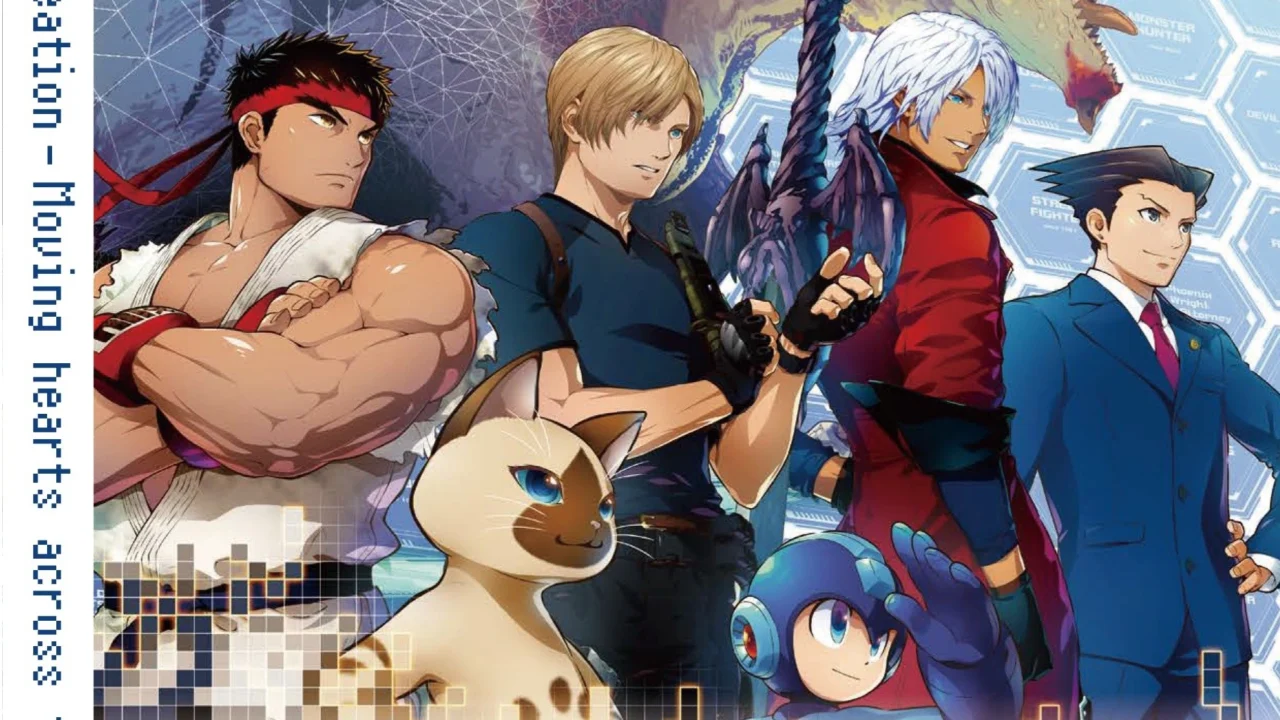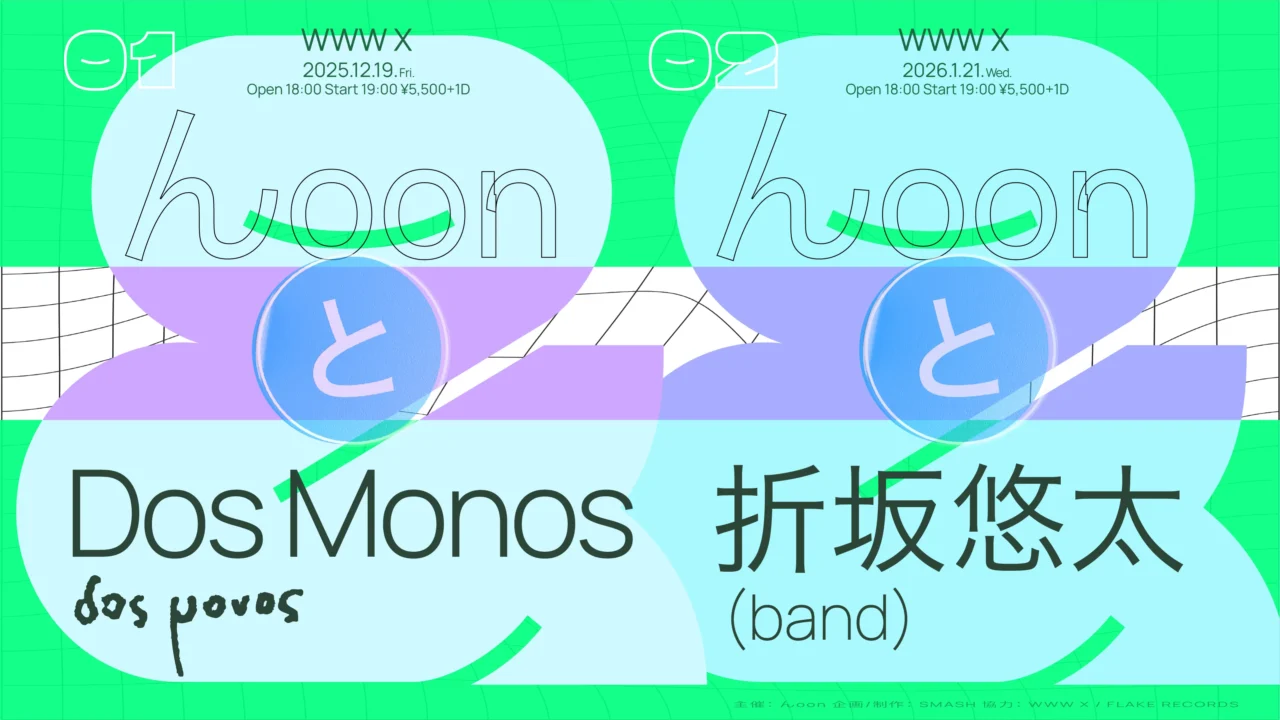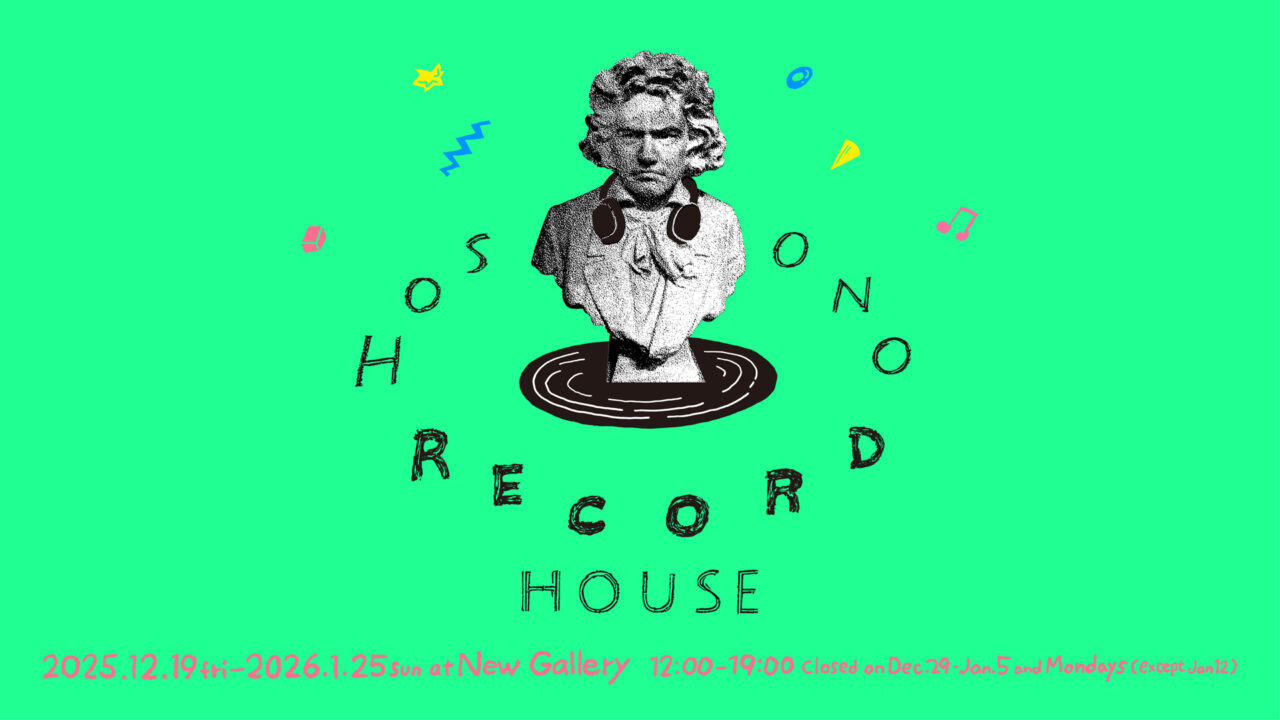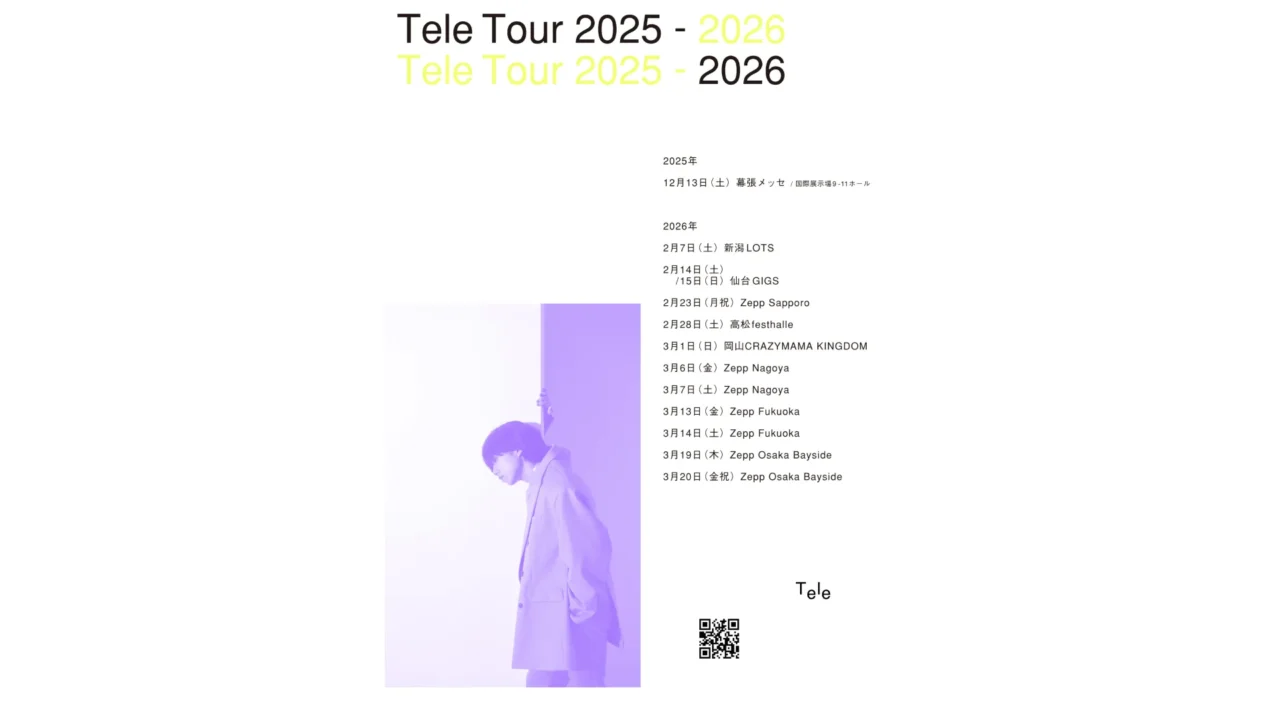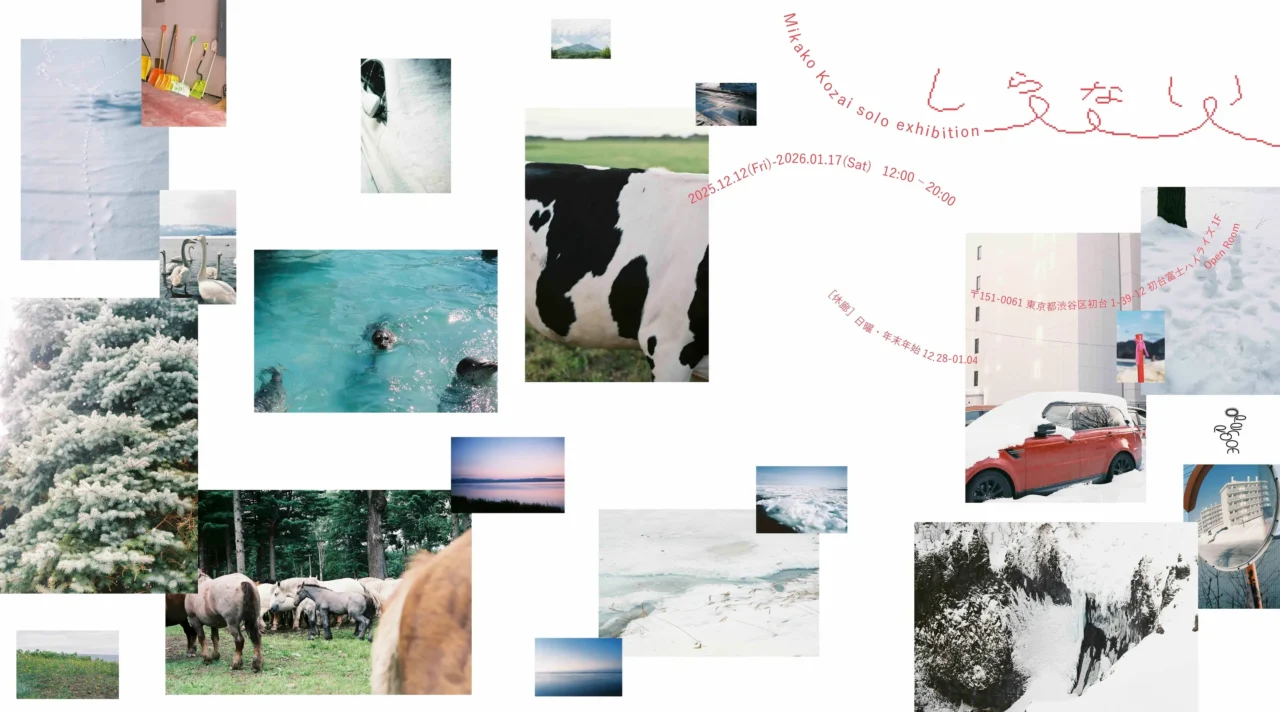From November 7th to 10th, Tokyo transforms into a vibrant hub for art lovers with the return of Art Week Tokyo (AWT). Featuring standout programs like “AWT FOCUS,” a “buyable exhibition,” and “AWT VIDEO,” a captivating collection of video artworks, the event offers an exciting blend of creativity. Visitors can easily explore the array of exhibitions across museums and galleries, hopping between venues aboard a free shuttle bus.
Among the 53 participating venues, singer-songwriter Salasa paid a visit to Takahashi Ishii Gallery, currently showcasing the thought-provoking exhibition “The Toys of Peace” by Justin Kagiat & Raphael de la Cruz. After taking in the works, Salasa, known for her hands-on approach to music artwork and live event design, reflected on her personal journey with art and the deep connection she’s built with it over the years.
INDEX
Anticipating the Energy of Serendipitous Creations in a Two-Person Exhibition
Among the AWT participating venues, you selected Takahashi Ishii Gallery to visit the “The Toys of Peace” exhibition. What made you choose this particular exhibition?
Salasa: When I saw the main visual for the exhibition, it immediately caught my attention. I thought the serendipity that comes from a two-person exhibition could also make it interesting, so I chose it.

Do you enjoy works that involve an element of coincidence?
Salasa: Yes, I do. When I create music, I usually collaborate with a trackmaker. While I provide references and share my thoughts, the results are often something I never expected. There’s something special about working with others—moments when the collaboration produces something that pushes me beyond my own limits. I believe that the unexpected energy and chance that come from creating together hold a unique power, not just in music but in all forms of art.

A singer-songwriter from Shonan. Not limited to her music career, she also works as an artist, apparel brand buyer, photographer, and hula dancer, expanding her activities in diverse and free-spirited ways. Drawing inspiration from the blues genre, which was born out of sadness and despair, she embraces her coined phrase “Live Bluesy” as a theme, transforming negative emotions and experiences into art.
In the installation-style exhibition, the gallery staff mentioned that the video works feature a character that mirrors the artist, overwhelmed by the act of creation. You seemed to really connect with that.
Salasa: The feeling of being overwhelmed by the act of creation really hit me—it was so much like myself. It wasn’t one cohesive story, but rather a patchwork of different images coming together. I resonated with it so deeply that it created its own meaning within me.


Salasa: I liked the painting works simply for their color schemes and the overall vibe. They felt very familiar and approachable.

INDEX
Romance in Works that Hide the Unexpected in Everyday Life
Have you been to Takahashi Ishii Gallery before?
Salasa: It was my first time. That’s part of why I picked it.
Do you usually visit galleries or museums?
When I was attending Joshibi (Joshibi University of Art and Design) and after I dropped out of university, when I was going to art school, I went quite often. It was fun to research and share with my friends about artists I discovered. After I started my music career, I hadn’t been going to museums or galleries much, but recently, I was recommending artists to a friend and realized, “I really like art.” It reminded me that I wanted to visit exhibitions again.
(*Note: Art school refers to the one in Jimbocho, Tokyo, founded in 1969, which offers programs in painting, printmaking, photography, contemporary art, composition, DTM, theater, fashion, manga, and design. The school was founded by Koji Ishii and Hiroshi Kawahashi of the Contemporary Shiso-sha, with the logo design created by Haruhiko Akasegawa.)
Which artists did you recommend to your friend?
Salasa: Koichi Mitsuoka and Tomotoshi. Mitsuoka creates works by writing words with tape in the streets, and his word choices are always spot on. He even built his own art center along the Tamagawa riverbanks, and I really like the raw, earthy feeling that comes through in his work.
Find Koichi Mitsuoka’s Instagram posts here.
Salasa: Tomotoshi also runs a space called the TOMO City Museum in Sumida Ward. His works often involve creating specific movements in the city, which in turn shape the actions of the people around. I think I’m drawn to the romance of how, within everyday scenes, unexpected movements or locations can suddenly appear.
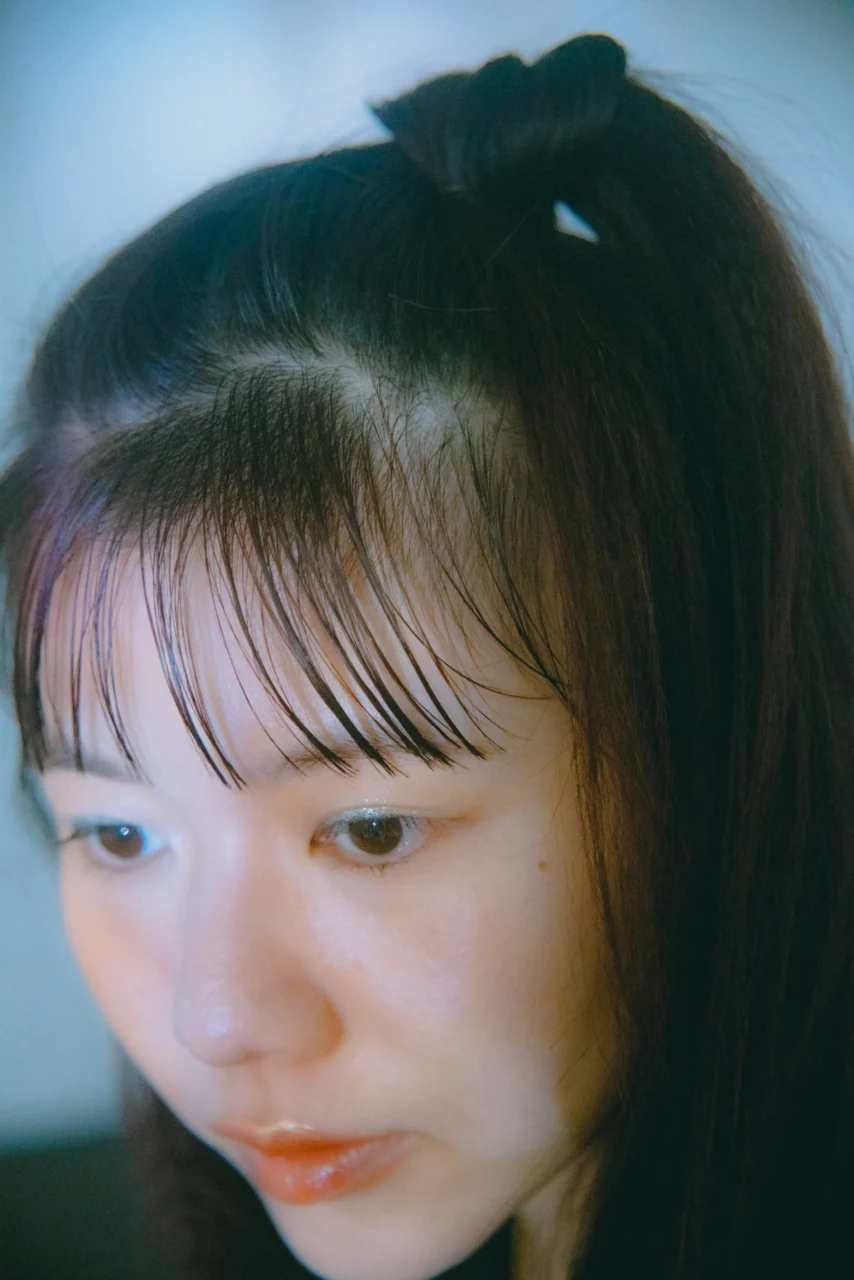
INDEX
Taro Okamoto and Genpei Akasegawa: Confidants of Adolescence
When did you become interested in art?
Salasa: I’ve always liked things like masks, clay figures, and folk crafts since I was a child. I used to want to go to the Mingeikan (Folk Crafts Museum) and, when traveling, I preferred pottery experiences over outdoor activities. So, when I learned about Taro Okamoto and Haruhiko Akasegawa in high school, I was really moved. It was right during my adolescence, and I felt like there was no one at school I could talk to or relate to, so when I found out there were people who understood, it felt like a kind of salvation.
They were like friends you could talk to, then. How did you come to know about them?
Salasa: My dad was a surfer and loved California culture, so I was familiar with hippie culture and things like Woodstock. I started researching 1960s culture and movements, and through Taro Okamoto’s “Tower of the Sun” at the 1970 Osaka Expo, I learned about him. I also read books on contemporary art and thought Haruhiko Akasegawa was really interesting. That’s when I began thinking about studying art. Since I didn’t have any drawing experience, I looked for a course that didn’t require drawing for the entrance exam.
You studied art production at Joshibi, right?
Salasa: Yes, but I stopped going after about a year. After leaving university, I studied oil painting, architectural history, and art history at a private contemporary art school run by a woman who graduated from Musashino Art University. Later, I attended a course called “The Backdoor to Contemporary Art” at an art school for about six months.
